In the evolving landscape of European business, B2B customers are increasingly prioritizing transparency in production and supply chains, particularly within the jewelry industry. This isn’t just a fleeting trend; it’s a fundamental shift driven by a confluence of regulatory pressures, growing consumer awareness, risk mitigation, and the strategic advantages it offers. For any business operating within or supplying jewelry to the European market, understanding and embracing this demand for openness is paramount for long-term success and strong partnerships.
Why B2B Customers in Europe Prioritize Transparency in Jewelry Production
The Driving Forces Behind Transparency
The prioritization of production transparency by European B2B customers in the jewelry sector is a multi-faceted phenomenon, influenced by a blend of legal, ethical, and economic factors.
1. The Imperative of EU Regulations
Europe leads the way in enacting stringent legislation aimed at fostering corporate accountability and sustainability. These regulations directly impact B2B relationships by mandating higher levels of disclosure and due diligence within the jewelry supply chain.
– Corporate Sustainability Reporting Directive (CSRD): This expands reporting requirements for European companies, making transparent data from jewelry suppliers on environmental, social, and supply chain impacts essential for B2B customers to meet their obligations.
– Corporate Sustainability Due Diligence Directive (CSDDD): The CSDDD aims to hold companies accountable for human rights and environmental harm across their entire supply chain, pushing B2B jewelry buyers to demand transparency to ensure compliance and avoid liability.
– Existing National Laws: Laws like Germany’s Supply Chain Due Diligence Act (LkSG) have already set precedents for due diligence and transparency in supply chains, including jewelry, influencing broader EU expectations.
– Combating Greenwashing: EU regulations combat false environmental claims, compelling B2B jewelry buyers to demand concrete, transparent data from suppliers to verify product claims about recycled metals or ethical gems.
2. Consumer Demand and Its Trickle-Down Effect
European consumers are among the most environmentally and socially conscious globally. Their purchasing decisions for jewelry are increasingly influenced by a brand’s ethical standing and sustainability credentials.
– Ethical Consumerism: A significant portion of European consumers actively seek out jewelry that is ethically sourced, produced responsibly, and has a minimal environmental footprint. This demand at the B2C level directly translates into pressure on B2B jewelry companies, who must ensure their suppliers meet these expectations, whether for gold, silver, or gemstones.
– Reputational Risk: For jewelry brands, any negative revelation about their supply chain – be it concerning labor conditions in workshops, environmental pollution from mining, or unethical gem sourcing – can lead to severe reputational damage, consumer boycotts, and financial losses. To mitigate this, they demand full transparency from their B2B partners.
– Brand Alignment: B2B jewelry customers increasingly seek partners whose values align with their own and with those of their end-consumers. Transparency serves as proof of shared commitment to sustainability and ethics in every piece of jewelry.
3. Enhanced Risk Management and Resilience
Opacity in the jewelry supply chain creates blind spots that can expose businesses to significant risks. Transparency provides the visibility needed to anticipate and mitigate these challenges.
– Operational Risks: Understanding the full jewelry production process, from casting to polishing, helps identify potential bottlenecks, inefficiencies, or single points of failure.
– Reputational and Legal Risks: Visibility into supplier practices helps prevent associations with forced labor in polishing factories, environmental damage from chemical use, or unethical business conduct related to conflict minerals, which can lead to legal action and public backlash.
– Geopolitical and Economic Volatility: In a volatile global landscape, transparency allows B2B jewelry customers to better assess the stability and reliability of their supply chain partners, enabling more robust contingency planning for raw materials or production sites.
4. Fostering Trust and Stronger Relationships
In B2B, long-term relationships are built on trust. Transparency acts as a cornerstone for this trust, fostering stronger and more collaborative partnerships within the jewelry sector.
– Credibility and Integrity: Openness about processes, challenges, and improvements in jewelry manufacturing demonstrates integrity and builds credibility with B2B partners.
– Informed Decision-Making: Transparent data about materials, production methods, and labor practices allows B2B jewelry customers to make better-informed decisions about their purchasing, planning, and overall strategy.
– Collaborative Problem-Solving: When issues arise in the jewelry supply chain, a transparent relationship facilitates open dialogue and collaborative efforts to find solutions, rather than fostering blame or distrust.
5. Competitive Advantage and Market Access
In an increasingly crowded jewelry market, transparency offers a distinct competitive edge, attracting new business and retaining existing clients.
– Differentiation: Jewelry companies that can credibly demonstrate transparent and responsible production stand out from competitors who cannot or will not.
– Investor Appeal: Socially conscious investors and financial institutions are increasingly scrutinizing ESG performance. Transparent jewelry companies are often viewed as lower risk and more attractive investments.
– Access to New Markets: For some European B2B jewelry customers, particularly those supplying to highly regulated or ethically driven sectors, a lack of transparency from their suppliers can be a barrier to market entry.
6. Implementing Transparency in Jewelry Production: Key Areas
For B2B jewelry suppliers aiming to meet these expectations, focusing on transparency in key areas is crucial:
– Material Sourcing: Providing clear, verifiable information on the origin of raw materials, including certifications (e.g., Fairtrade gold, recycled content) and due diligence on mining or gem sourcing practices.
– Labor Practices: Documenting fair wages, safe working conditions, non-discrimination policies, and adherence to international labor standards throughout the jewelry production chain, from cutters to polishers.
– Environmental Impact: Disclosing data on energy consumption, water usage, waste generation (e.g., metal waste, chemical byproducts), emissions, and efforts towards decarbonization or circular economy models in jewelry manufacturing.
– Manufacturing Processes: Being open about production methodologies, quality control, and any chemical usage in plating, cleaning, or finishing.
– Supply Chain Mapping: Having clear visibility into all tiers of the jewelry supply chain, not just direct suppliers, and being able to communicate this effectively.
– Certifications and Audits: Undergoing credible third-party certifications and audits (e.g., RJC, Fairmined) to independently verify ethical and sustainable practices.
7. Royi Sal Jewelry: Transparency in Manufacturing
At Royi Sal Jewelry, we understand that for our B2B customers, especially those operating in the demanding European market, transparency in production isn’t just a buzzword—it’s a fundamental requirement. As a dedicated jewelry designer and manufacturer, we recognize the importance of openness in our operations and supply chain, and we’ve built our processes around it.
We believe that providing clear insight into our practices is crucial for building trust and enabling our partners to meet their own ethical and regulatory obligations. Our commitment to transparency is evident in several key areas:
– Ethical Sourcing of Materials: We meticulously ensure that our precious and semi-precious stones are carefully sourced to be conflict-free and traceable. Our focus is on maintaining ethical practices throughout our entire supply chain.
– Utilizing Recycled Materials: For over a decade, we’ve proudly offered our clients the option of manufacturing jewelry using recycled silver. This significantly reduces the environmental impact typically associated with mining new metals, aligning with sustainable goals.
– Responsible Jewellery Council (RJC) Membership: Our membership in the RJC signifies our adherence to comprehensive standards for responsible business ethics, human rights, social performance, and environmental impact within the jewelry industry. We are actively working towards full RJC certification, demonstrating our continuous commitment to improvement and verifiable transparency.
– Open Supply Chain Communication: We are transparent about our sourcing practices and proactively provide information to our clients about our initiatives. This openness builds crucial trust and reinforces our dedication to ethical and sustainable manufacturing.
– Closed-Loop Production Process: To minimize waste and environmental footprint, we employ a closed-loop production process. All our metal scrap from production is recycled and refined back into pure silver, embodying a truly circular approach.
Our proactive approach to transparency and ethical practices directly aligns with the increasing demands of European B2B customers who are prioritizing sustainability and responsible sourcing more than ever. By consistently upholding these principles, we aim to position ourselves as a manufacturing partner that delivers not only exceptional quality but also unquestionable ethical conduct.
Conclusion
For B2B customers in Europe, transparency in jewelry production isn’t a trend; it’s essential. This demand is driven by stringent regulations, ethical consumerism, critical risk management, and the need for strong, trusting partnerships. Prioritizing transparency is now crucial for securing market access, gaining a competitive edge, and ensuring a sustainable future. It’s about building a more trustworthy global economy.
At Royi Sal Jewelry, we are proud to exemplify this commitment. By actively embracing ethical sourcing, utilizing recycled materials, and pursuing rigorous certifications like the Responsible Jewellery Council (RJC), we demonstrate how businesses can not only meet but exceed these growing demands. Our transparent practices provide a valuable, solid foundation for your brand to resonate powerfully with European B2B customers who increasingly prioritize clear, verifiable proof of responsible production. We are here to partner with you on this essential journey.
Connect with us at sales@royisal.com to discuss your custom jewelry needs and explore how our expertise in OEM and ODM services can support your brand’s growth. Together, we’ll create jewelry that resonates with your unique vision.
Share this post

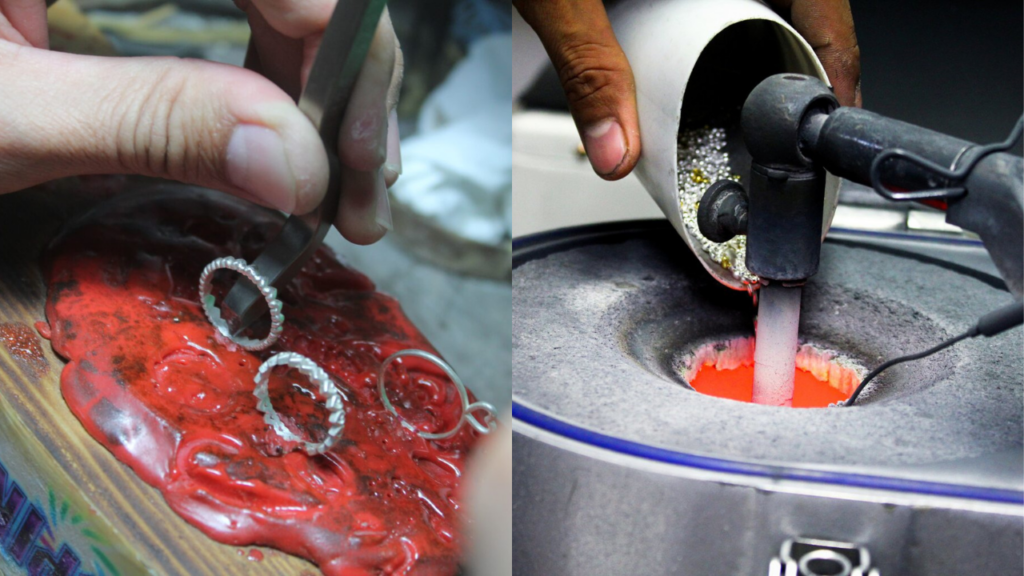
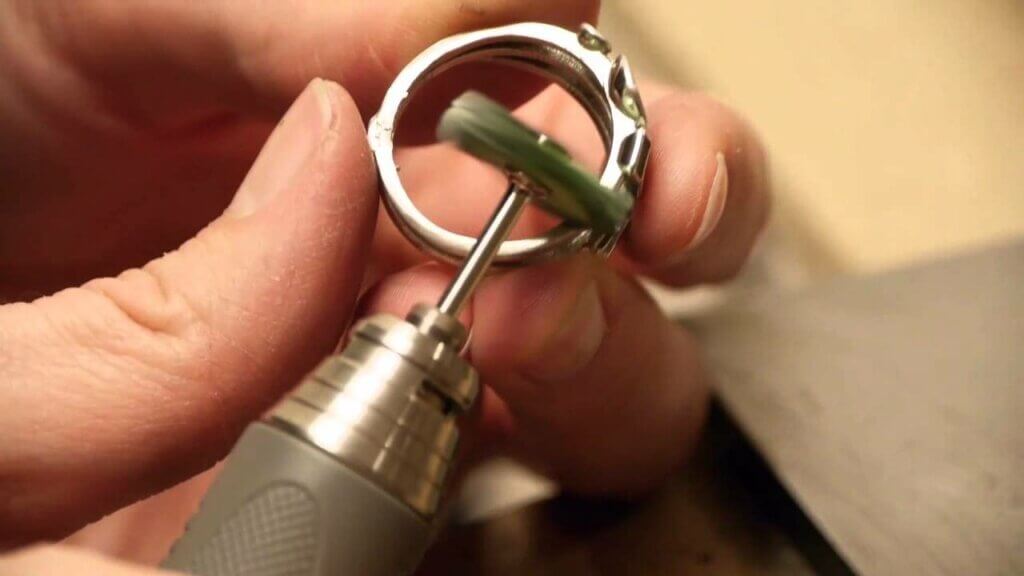
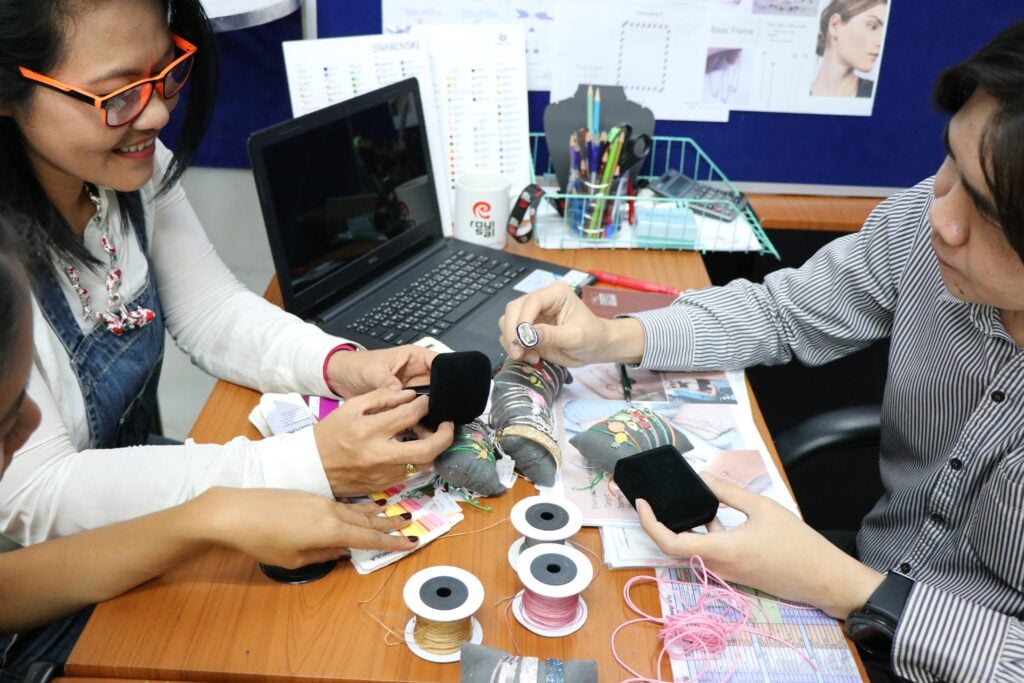
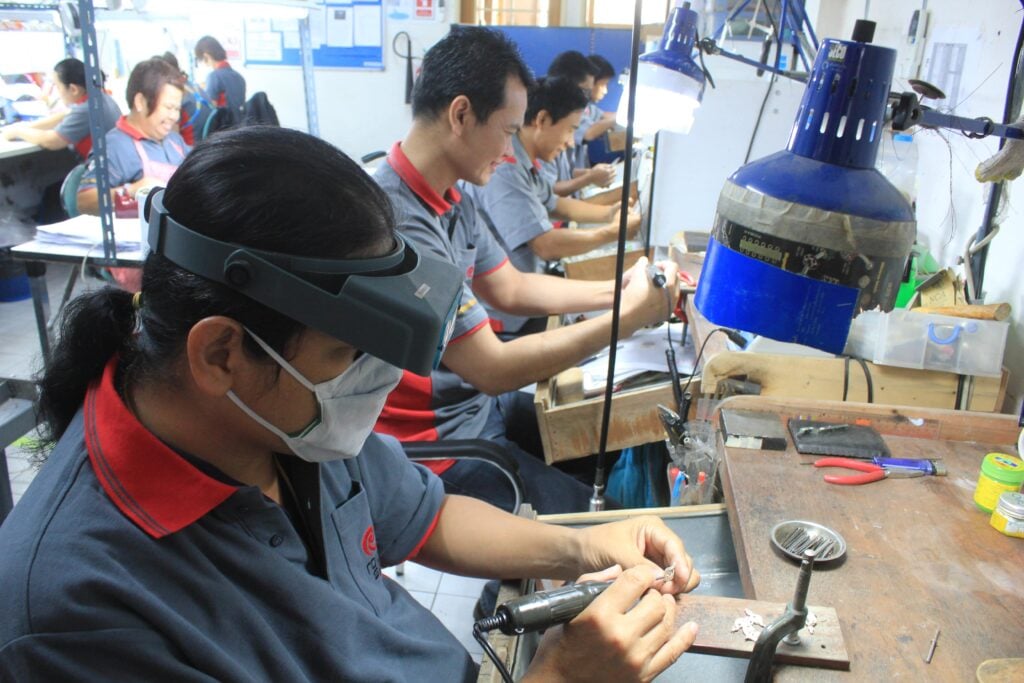
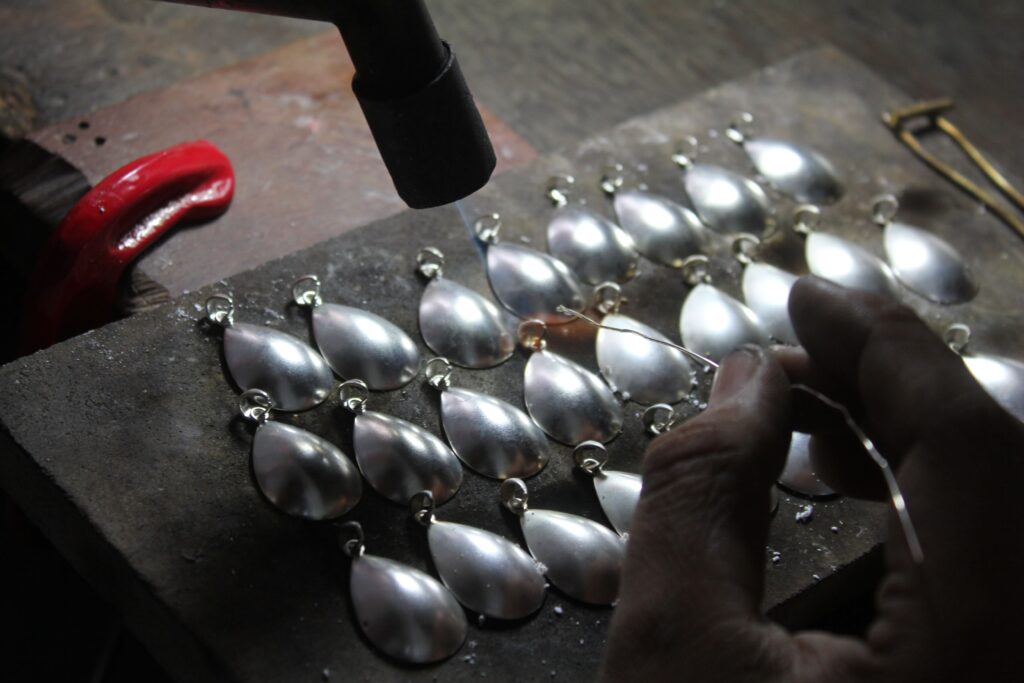

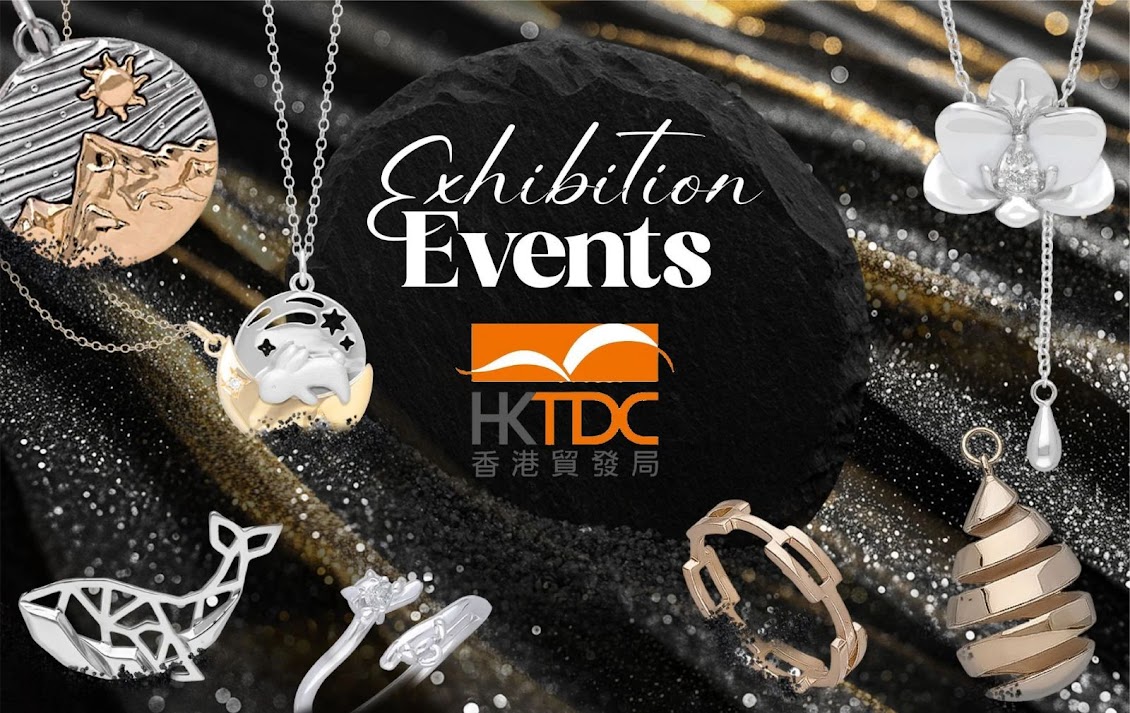
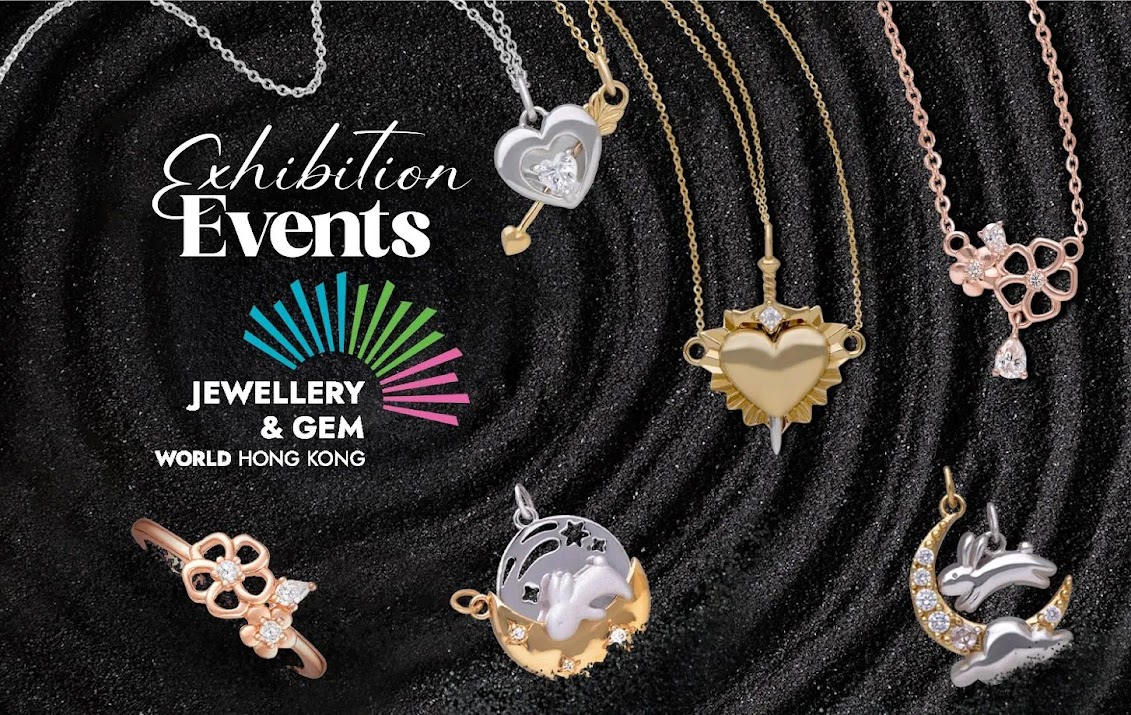
Responses (0)